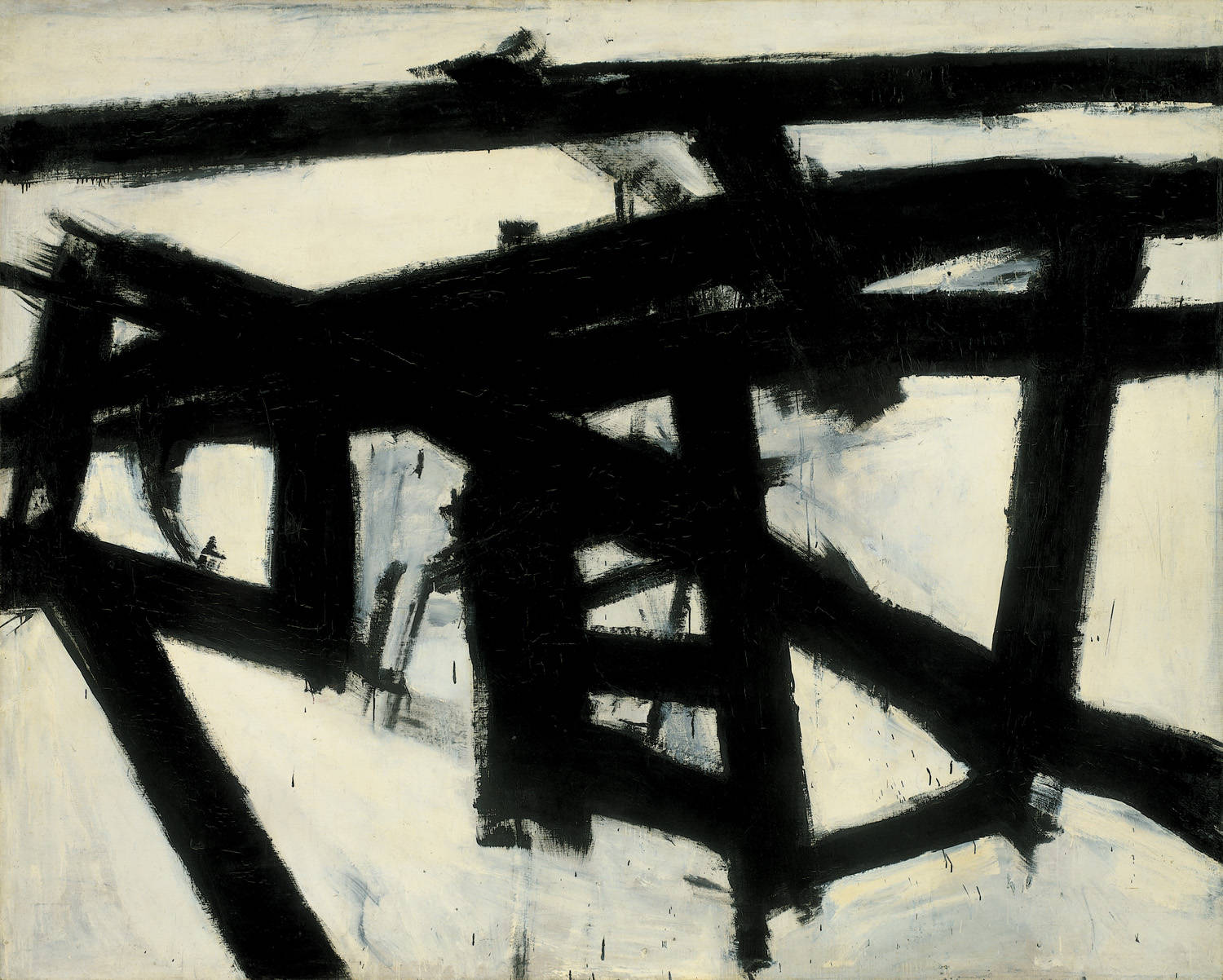Trace elements: My journalistic past covering visual arts, too, has left its mark
As I was interviewed last week about my career in arts journalism for "The Arts Exchange"(WICR-FM), questions put to me by Tom Akins and Bobbie Donahue touched on the visual arts as one of the arrows in my critical quiver long ago at The Flint Journal. Apart from a feature or two and a one-off review, at The Indianapolis Star that weaponry remained idle during my 26-plus years there.
I have many fond memories of writing about art and artists at the Michigan paper, though I was never as comfortable in that area as in the performing arts. I had taken a couple of art history courses in college, one while studying in Germany. The one on my home campus got me tagged with the second-lowest grade of my college career, a "C." The professor's procedure was slide lectures in a darkened classroom. The class took place right after lunch, and my mental focus was usually blurry.
I had two other disadvantages writing about the visual arts: I've got a bit of color-blindness in the green-gray part of the spectrum, and I never had the benefit of studio experience. Music and theater had drawn me in as a participant during my school years; I knew what went into making performances. But it wasn't easy to compensate for my ignorance of the properties of materials or the techniques that have been developed to make art out of them. Once when a painter-professor was guiding me through a department show in Flint, I remarked in front of one painting: "I didn't know acrylics could look so thin, almost like watercolor." He replied: "Then you don't know very much about acrylics, Jay." Touche.
But I was enchanted by the cultural backdrop of painting and sculpture and moved by imagery, symbolism and expressive gesture. My excitement was, and still is, particularly linked to art that suggests motion, drama and contrast. This made me a somewhat acceptable art critic for a middle-sized city. What's more, I think this orientation also fed my understanding of elements often considered static: balances of dark and light, angularity and flow, event and inertness.
Let me reach back to a seminal text: The creation narrative best known in Western culture starts with the separation of light from darkness, immediately preceded by triggering words: "Let there be light."
Time starts, storytelling starts, and the subsequent all-at-once-ness of visual art carries clues of what comes before and after what we see. It invites us to wonder what the formal poise of a painting or sculpture may say about the struggle of opposing forces for mastery and how the artist has moderated that struggle.
 |
| Franz Kline's Mahoning (1956) |
 |
| Rembrandt's The Night Watch. (1642) |
 |
| "The Raft of the 'Medusa,' by Theodore Gericault (1819) |
Light has a crucial role to play in leading the eye toward this part of the painting, with the glowing horizon hinting at the persistent, if forlorn, hope of rescue. A story is told here that can be understood solely in visual terms of balanced composition (notice how the sail and the line to the mast moderate the intense pull to the upper right) and the thrifty use of lighter colors.
 |
| Laocoon and His Sons, 2nd century Rome |
The eventual defeat of the Laocoon group in this fight is told by visual means alone. We don't even need to know the punishment has been divinely ordered, or that Laocoon's death is a kind of martyrdom in Roman culture, since he had warned in vain against the Trojan horse. That famous trick precipitated the city's downfall and the flight of Aeneas westward, leading to the legendary founding of Rome.
 |
| Barnett Newman's Onement I (1948) |
Sometimes an artist's reductive manner preserves the vividness of action, however abstracted it might be from real movement. Barnett Newman's "zip" paintings could be said to state the "anti-Laocoon group" position. While the sculpture's struggle in its division of serpentine and human energies is explicit and detailed, this Newman painting (the first in a series that made his reputation) probes the most basic of divisions, exploring the most muted possible conflict — between narrow vertical band and expansive field, with a placid background energized by a fuzzy-edged zip of light down the center.
We are thus back to Genesis, the place where narrative and the first cosmic visual contrasts originated in the cultural tradition closest to most of us in the West. Division is what we're forced to understand in life, though we may aspire toward unity. The undefined and undifferentiated push back against what we're able to define, hold dear and remember intelligibly. The visual arts find forms and textures that provisionally settle such endless conflicts.
The works I've looked at here, among many others, help accustom us to our imprisonment in time. There is common ground between the explicit "And then" of narrative or time-dependent arts and the more subtle "And then" of two- and three-dimensional artistic forms in space. I have no difficulty leaving behind writing about art, but looking at it has taught me so much through its complex simultaneity about beginnings, middles and ends and their necessary connections.



Bravo! I'm sending a link to this entry to everyone I know who is clueless about and dismissive of abstract art.
ReplyDelete